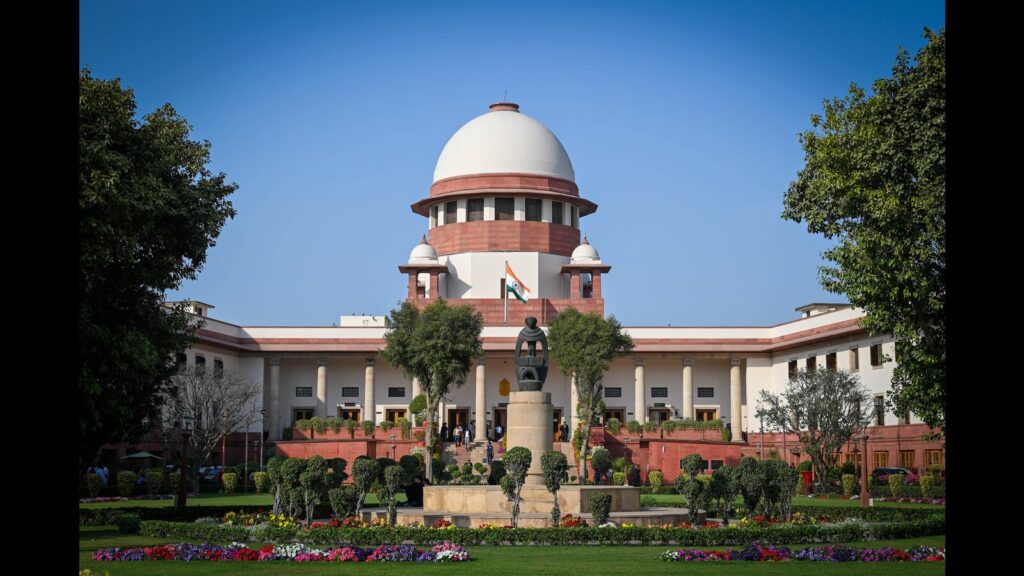In a significant shift away from the fault-based theory of divorce, a five-judge Constitution bench of the Supreme Court decided on Monday that it can dissolve a marriage on the grounds of irretrievable breakdown of relations exercising its powers under Article 142, which empowers the top court to pass any order that it deems necessary for complete justice in any matter pending before it.
The top court said it can grant a divorce without sending the parties to a family court, where they usually must wait for between six and 18 months to obtain a decision by mutual consent, and said it can rule on a case even when one of the parties isn’t agreeable to a divorce. Though in individual cases, the court has granted divorce to couples in cases where it found unions to be “totally unworkable” or “emotionally dead”, this is the first time that the court has laid down a doctrine that moves away from the fault theory of divorce originally espoused in the 1955 Hindu Marriage Act. In doing so, it has capped a legal proceeding that has been playing out in the court since at least 2016, but one whose seeds were sown by a law commission report in 1978.
Despite decades of incremental personal law reform and transformational social shifts, divorce remains a fraught subject in India, shrouded in taboo and prejudice. The court’s step is important because it opens the door for divorce jurisprudence that does not hinge upon one partner finding fault with the other’s conduct, or the allegations of violence, fraud or cruelty. Even though it has been argued that unions under the Hindu Marriage Act are sacraments and, therefore, cannot be dissolved in the absence of extenuating circumstances, the court’s decision has provided the grounds for a more dignified and practical course of action that treats divorce as another fact of life, not an exceptional or avoidable circumstance. At the same time, by emphasising caution in granting such divorces and laying down a set of guidelines – including the period of time of cohabitation, the nature of allegations, the number of attempts to settle disputes, and the period of separation, among others – the court has signalled that irretrievable breakdown will, for now, remain a small fraction of divorces granted.
Two things merit attention. One, that, for now, only the apex court and not family courts are empowered to grant divorces under this category. And two, it remains to be seen what impact this has in dispelling biases or shaping attitudes around divorces. Nevertheless, the judgment marks a key moment in the evolution of family law in India. No one put it better than justice HR Khanna, the author of the 1978 report. “After the marriage has ceased to exist in substance and in reality, there is no reason for denying divorce,” he wrote. “Divorce should be seen as a solution and an escape route out of a difficult situation.”
Enjoy unlimited digital access with HT Premium
Subscribe Now to continue reading


